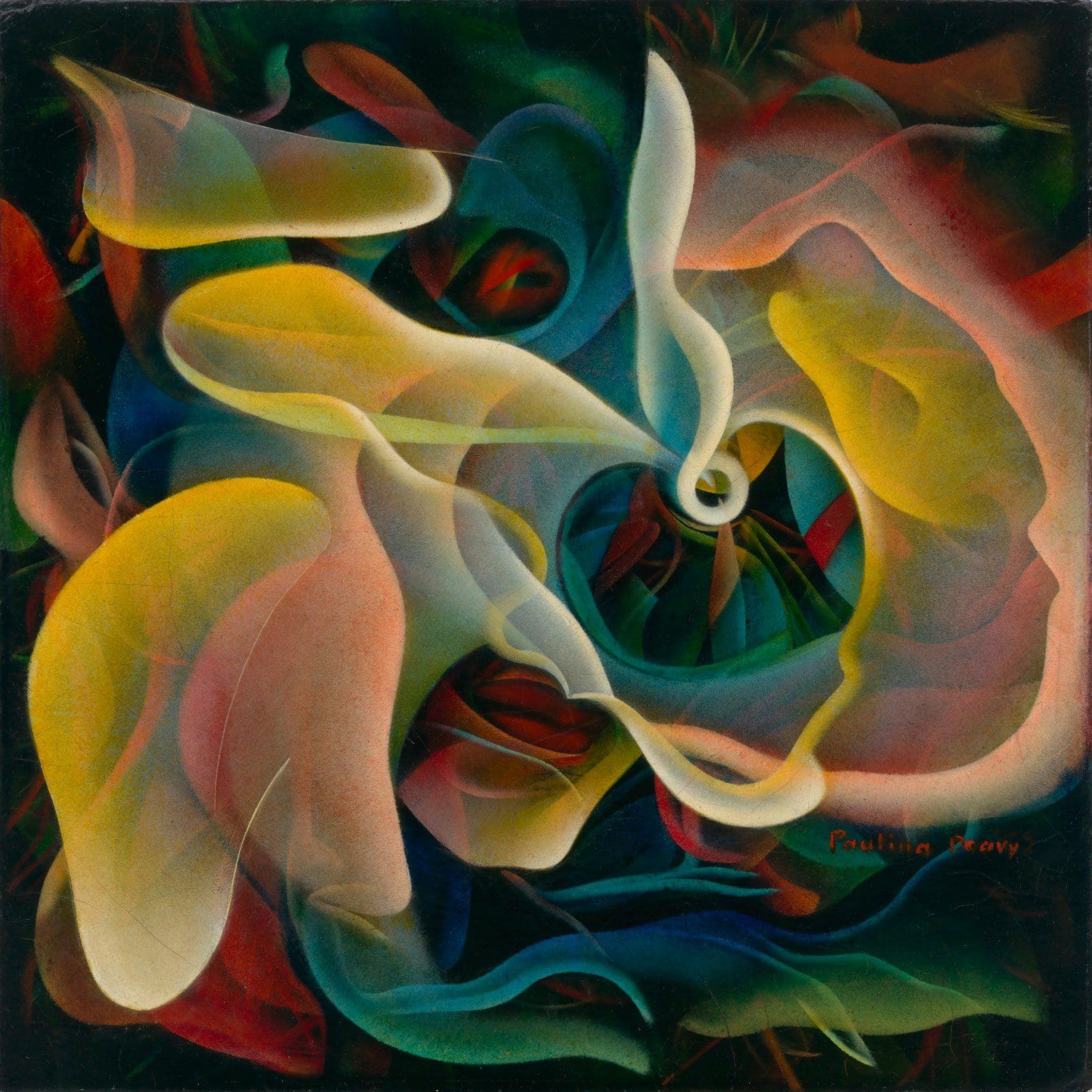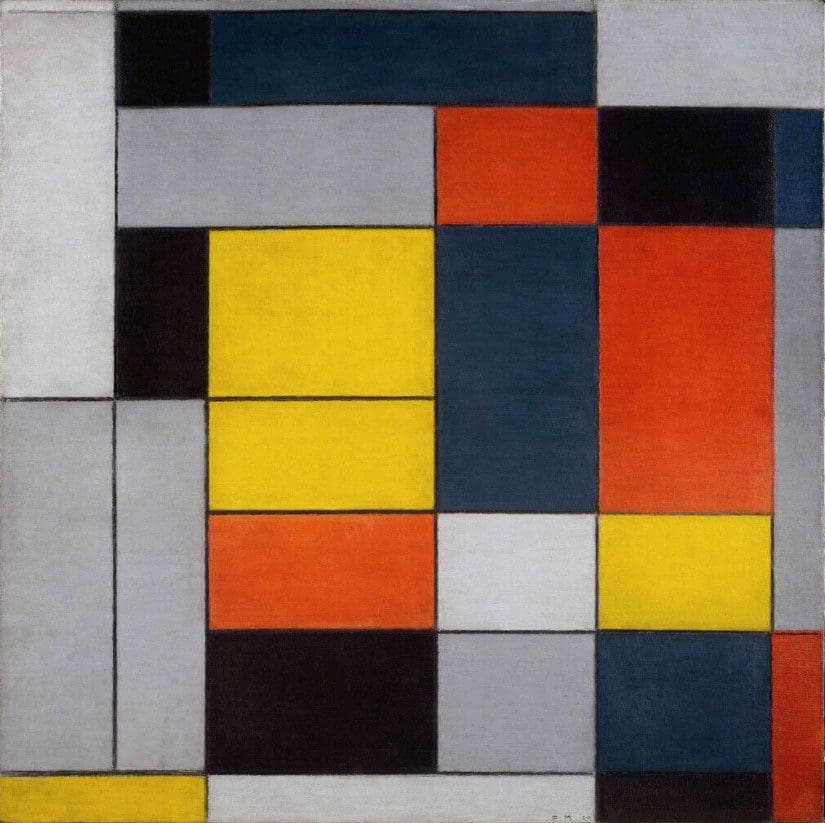Image courtesy of mariko kusumoto | @marikokusumoto
In a meticulous display of craft, artist mariko kusumoto details an ethereal and otherworldly series of textile sculptures. made from translucent polyester and nylon fiber, the work recalls a delicately floating bed of underwater flowers or a coral reef. the massachusetts-based artist notes that her work reflects the observable phenomena that stimulates her mind and senses, reorganized into a new presentation that is surreal, graceful, and unexpected.



